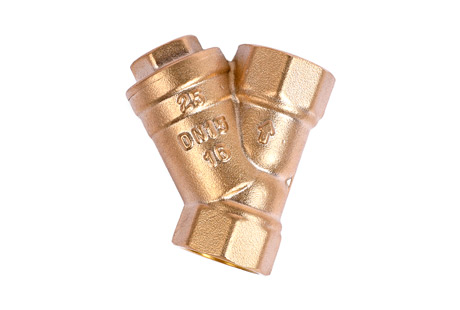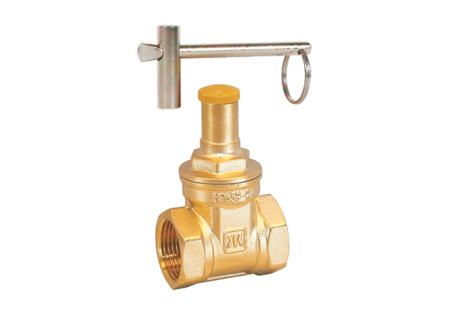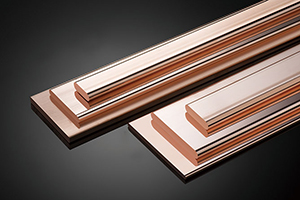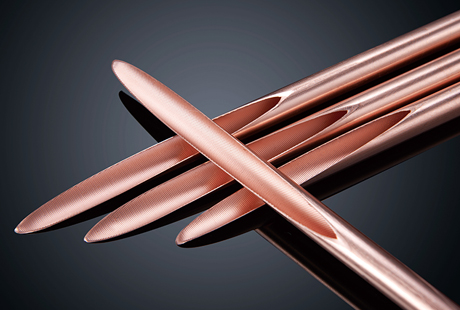When it comes to plumbing and construction, one of the most crucial components to consider is the brass bibcock valve. Often overlooked, this valve plays a significant role in regulating the flow of liquids, making it an indispensable device for any water system. In this blog, we will dive deep into the working principle of brass bibcock valves, shedding light on their importance and functionality.
Introduction to Brass Bibcock Valves
Brass bibcock valves, also known as hose bibs or garden taps, are commonly found in residential, commercial, and industrial settings. They are utilized for controlling the flow of water in plumbing fixtures, such as faucets, showers, and hoses. These valves are named "brass" because they are typically made of brass, a metal known for its durability and corrosion resistance.
Components of Brass Bibcock Valves
To understand the working principle of brass bibcock valves, let's take a closer look at their components. A typical brass brass bibcock valve consists of four essential parts: the valve body, handle, stem, and spout. The valve body is the main housing that holds all the components together. The handle is used to control the opening and closing of the valve. The stem connects the handle to the valve seat, which is located inside the valve body. Lastly, the spout is the outlet through which the water flows.
Working Principle of Brass Bibcock Valves
The working principle of a brass bibcock valve is relatively straightforward. When the handle is in the closed position, the valve seat creates a secure seal, preventing any water from passing through. As the handle is turned counterclockwise to open the valve, the stem moves along with it, raising the valve seat and allowing water to flow. The further the handle is turned, the larger the opening of the valve, resulting in higher water flow. Conversely, rotating the handle clockwise tightens the stem, closing the valve and stopping the water flow.
Importance of Brass Bibcock Valves
Now that we understand how brass bibcock valves work, let's discuss their importance. These valves allow us to regulate water flow, conserving this precious resource and preventing wastage. Additionally, brass bibcock valves are built to withstand high pressure and temperature, making them suitable for use in various environments, from residential homes to large-scale commercial or industrial applications. Their durable brass construction ensures longevity, reducing the need for frequent replacements.
In conclusion, brass bibcock valves play a crucial role in plumbing systems, regulating the flow of water and preventing wastage. Understanding their working principle and components is necessary for proper installation and maintenance. By using these valves effectively, we can ensure efficient water management and contribute to a more sustainable future.

 English
English 日本語
日本語 한국어
한국어 français
français Deutsch
Deutsch Español
Español italiano
italiano العربية
العربية tiếng việt
tiếng việt Türkçe
Türkçe ไทย
ไทย 中文
中文





